The Moka pot is a steam driven coffee maker, that brews coffee just short of true espresso. The Moka pot does not generate the pressure needed for “true” espresso, and does not always create the crema characteristic of espresso, but the coffee it creates works quite well for lattes and similar espresso drinks.
The Moka pot is a stove top coffee maker, although there are also electric models. The coffee maker is in 3 major parts; a bottom with a pressure relief valve, a funnel with a filter basket to hold the grounds, and a top, which includes a perforated disk that acts as the filter, and a gasket that that seals the top and bottom together, and holds the filter disk in place. Replacements parts are available for the Bialetti models, making them easy to fix.
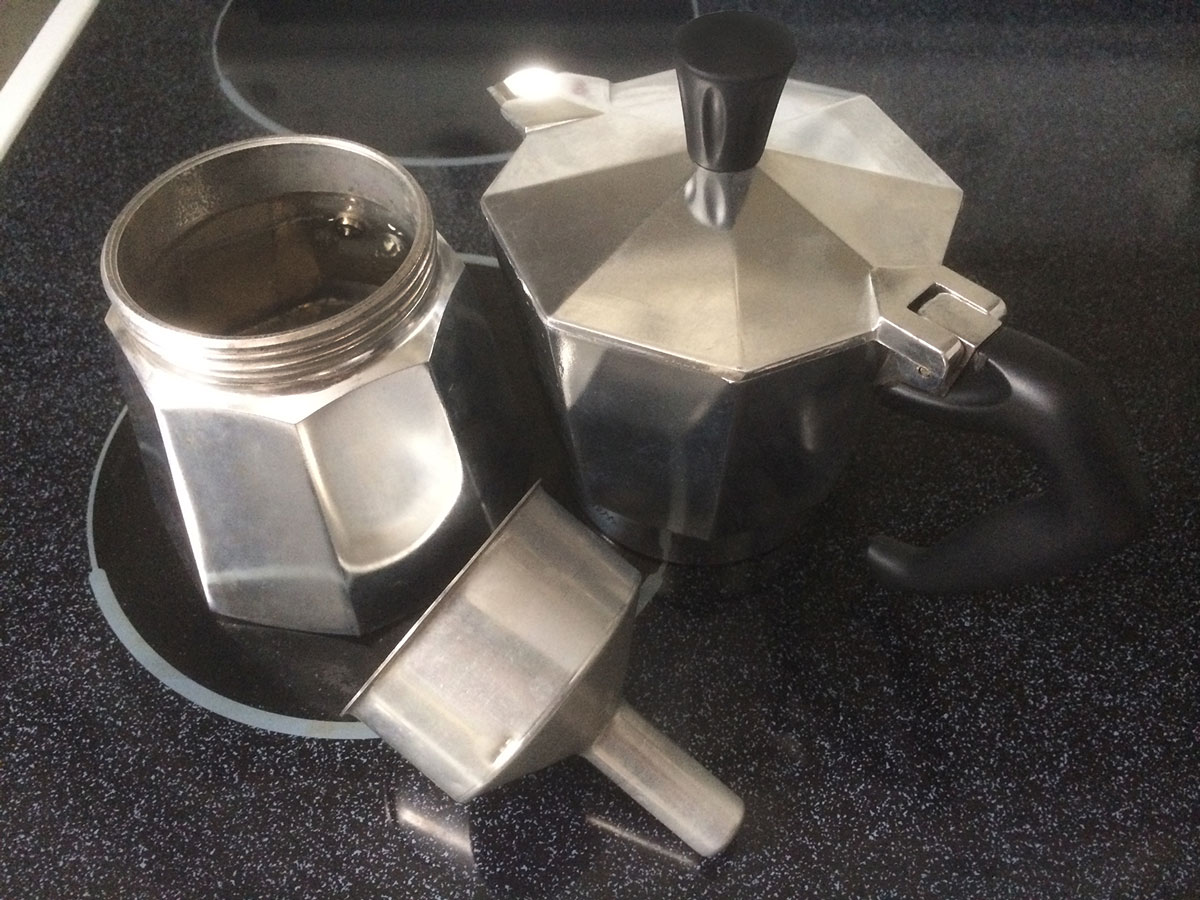
To make coffee with the Moka pot, fill the bottom with water about to the bottom of the pressure relief valve.
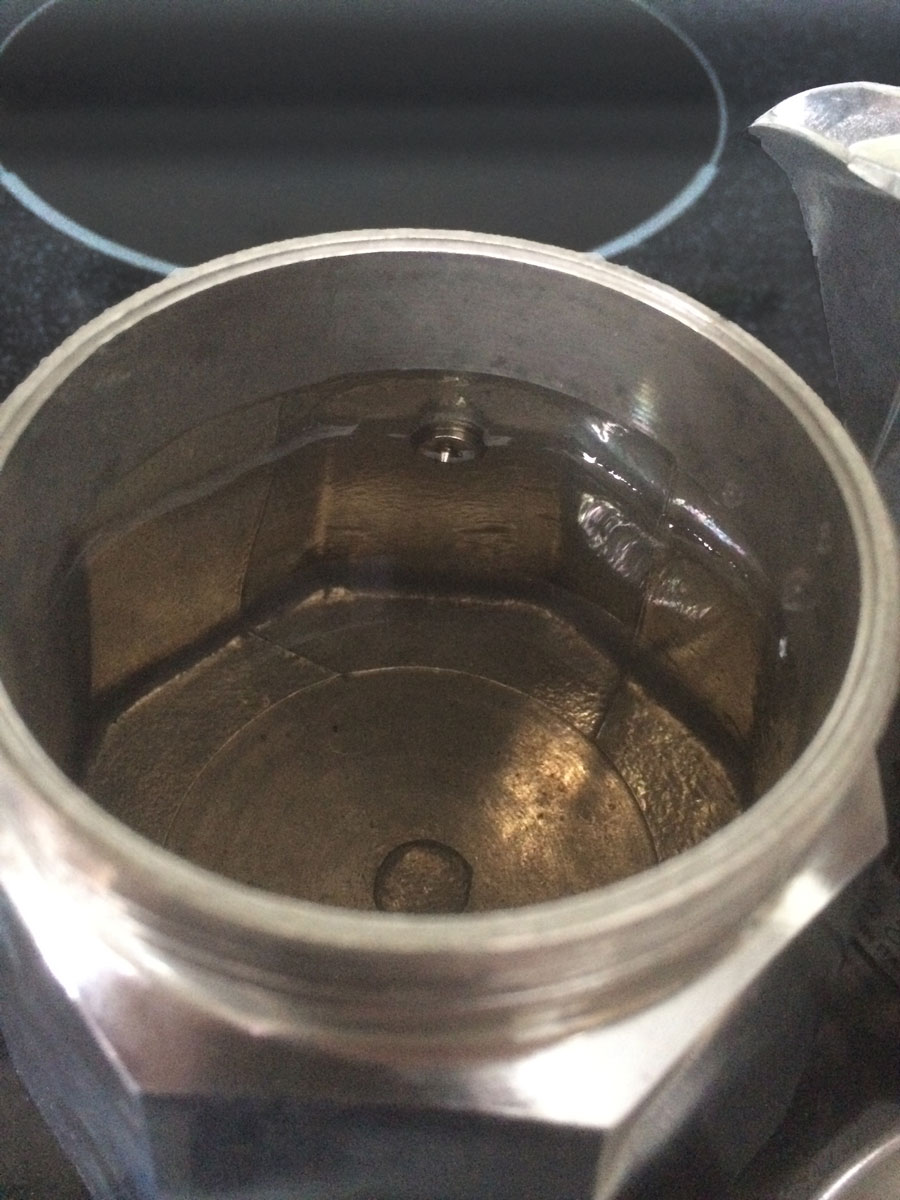
Place the funnel with the filter in it into the bottom. The water should not enter the filter basket. Fill the basket loosely with normal coffee grounds, do not tamp the coffee. Too fine a grind can clog the filter, and tamping can create too high a pressure to build up in the bottom. Remove any grounds around the top of the funnel/lower portion of the Moka. Coffee grounds trapped between the lower portion and the gasket can cause leaks.
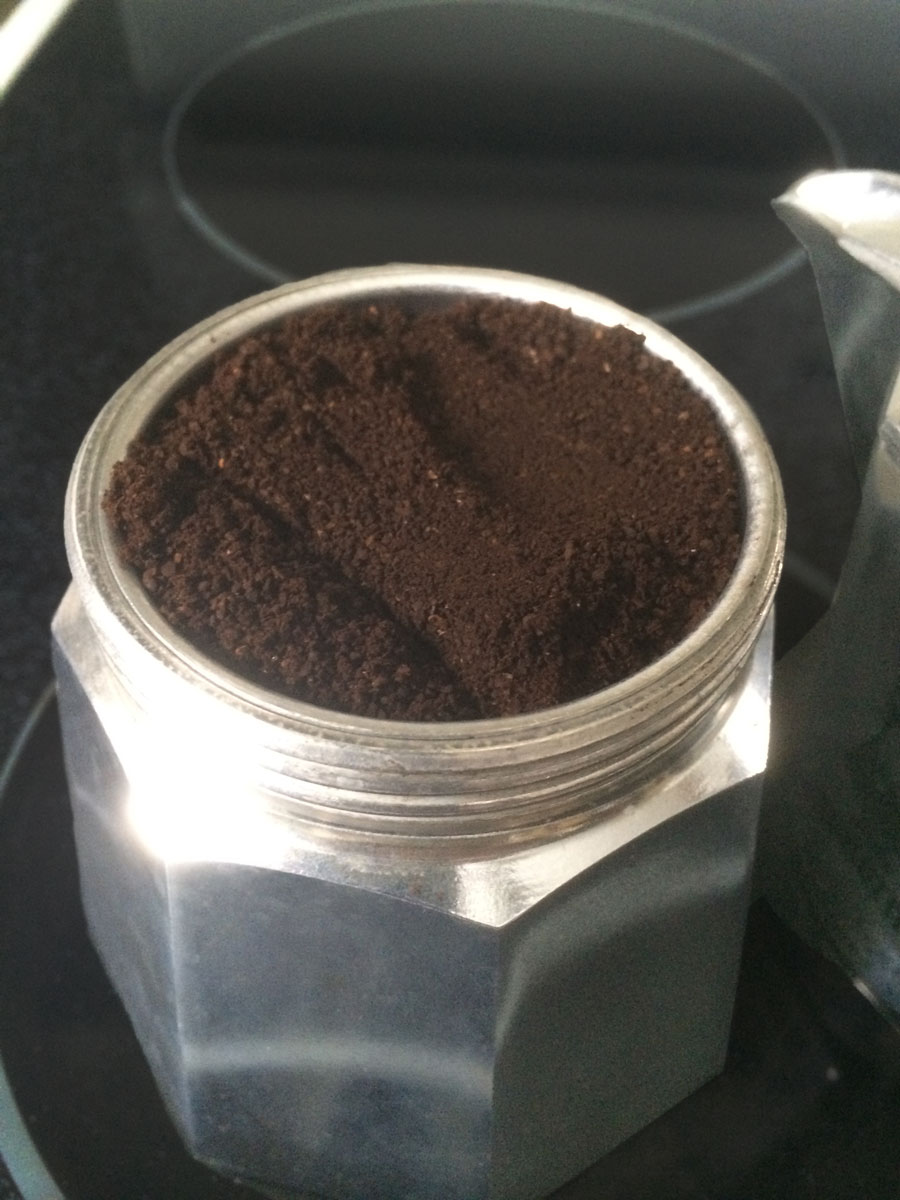
Screw the top onto the bottom, and tighten it fairly snug. Place the coffee maker on a medium heat, until the water starts to boil. I have an electric stove, but gas would probably be better, providing a more consistent heat.
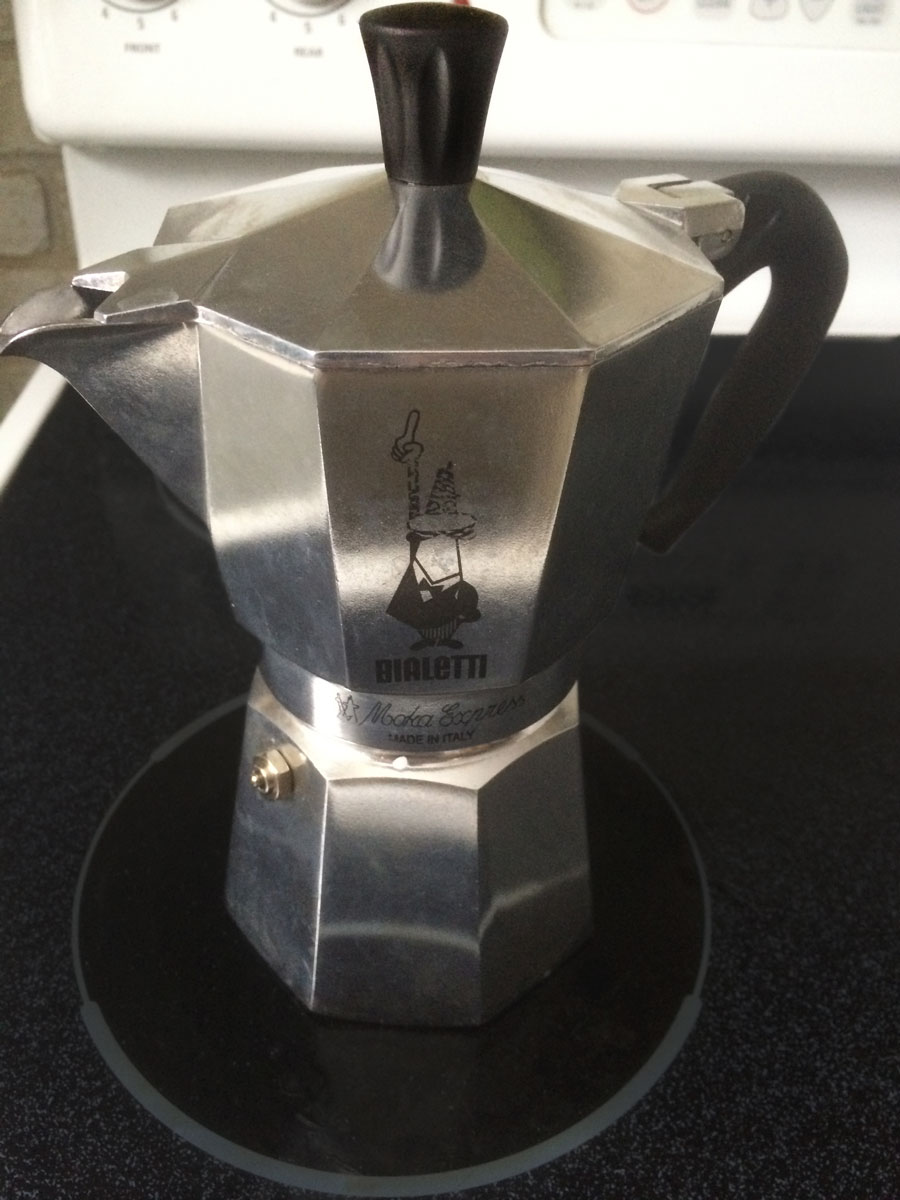
Once the water starts to boil, the pressure of the steam forces the water up through the coffee in the filter basket, and into the upper chamber of the pot.
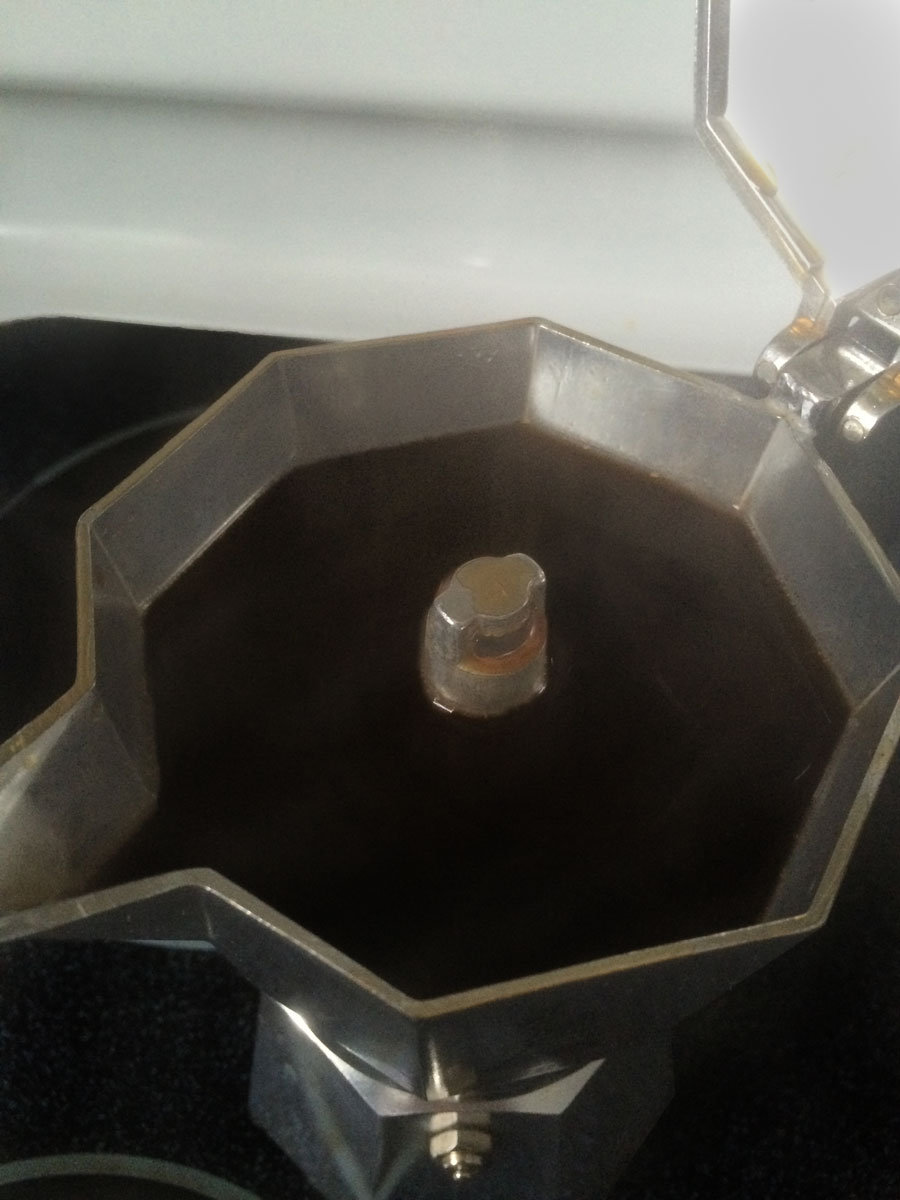
You can drink the coffee as is, if you like espresso strength coffee, or mix it for espresso drinks. I like to use it in milk over ice for an iced latte.
Be careful with the coffee maker, as it will be quite hot after taking it off the stove. Once it is cooled down, remove the upper half, and discard the grounds. Rinse and wipe all of the parts, and allow them to dry well before storing the coffee pot. You should remove the gasket and filter disk from the top occasionally to clean the interior of the upper half. Like any coffee making equipment, you should avoid using soap, since it can leave residue that will affect the flavor of the coffee. Rinsing and wiping with a paper towel should clean the Moka properly.





